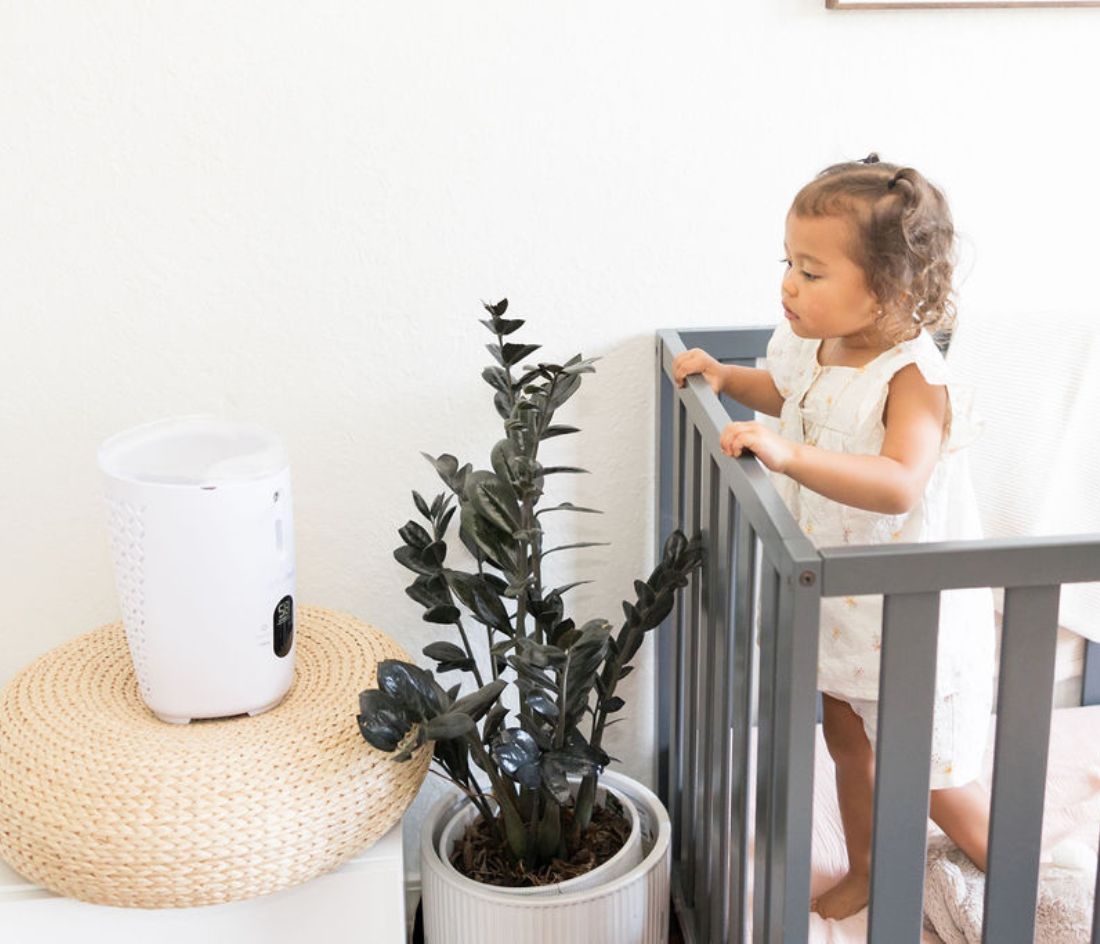Guest Post by Katy Fleming, MA, LPC, BSN, RN
One hour may not seem like much, but when Daylight Savings Time (DST) kicks off again, our sleep schedules suffer, especially for younger children and their parents.
Observed by most of the United States, DST adjusts our clocks one hour forward to bring more daylight. This leads to less sleep for your little ones and more time spent winding down at night's end.

Try these small changes to prepare your baby or toddler to “spring forward” on March 10th.
Tips to Prepare For Daylight Savings
Implemented in the 1900s, Daylight Savings Time creates more daylight while awake. In the United States, it occurs on the same weekends each year:
- Spring Forward: DST begins by moving the time forward one hour on the second Sunday of March at 2 am.
- Fall Back: On the first Sunday in November, we set back the clock by one hour at 2 am.
This yearly time change may allow for more sunshine but leads to sleepless nights and even health risks.
In the spring, your infant or toddler may struggle to fall asleep an hour earlier. On the opposite end, many parents find their little ones rising earlier than the birds when the clock falls back in November.
Consider these mom-approved tips to adjust your young children to Daylight Savings Time this Spring.
Create a Bedtime Routine
A set routine each night lets your little ones know that it’s time for bed. Once you start bathtime, reading a book, or however your bedtime routine begins, it triggers your baby’s body to get sleepy.
Add calming activities before bed, such as listening to ocean sounds, lying together, or singing a quiet song.

Slowly Adjust Their Schedule
Sometimes the one-hour change hits our kiddos like a truck. Avoid groggy mornings and late nights by gradually moving their bedtime each night.
The American Academy of Sleep Medicine recommends putting your children to bed 15-20 minutes early every night before Daylight Savings Time.
If bedtime is typically 8 pm, shoot for 7:45 pm on the Thursday beforehand. If you increase bedtime by 15 minutes each night, lights out will occur at 8 pm by DST (i.e., 7 pm Standard Time) on Sunday.
Remember to give yourself some grace, though. Parenthood isn’t an exact science, so the goal is progress, not perfection.
Step Out Into the Sunlight
Our circadian rhythm, or internal clock, relies on light and dark to regulate the body. At night, our bodies begin to produce melatonin to become sleepy.
During the day, sunlight highly affects our circadian rhythm and helps our bodies become more alert.
When we “spring forward,” take your children outside to soak in some sun and regulate their internal clocks, if weather permitting.

Limit Electronics
More applicable to toddlers and older children– limit screens before the bedtime routine begins. Light from electronic devices confuses the body’s internal clock, and the body stops producing melatonin.
Limit your children’s screen time by putting away electronic devices at least one hour before bed. This includes television, video games, phones, computers, and even reading books on electronic tablets.
Darken Their Room
As we discussed, light and dark play a significant role in our body’s internal clock. When the clock moves forward an hour, your children may naturally rise with the sun at 6 AM.
Add black-out curtains or shades to your child’s room to encourage more sleep and help regulate their circadian rhythm. When it’s time to wake up, open those shades to signal the start of the day.
Want more parenting hacks? You’ll love these:
- What Parents Need to Know About Wheezing
- 30 Things You Can Do While Breastfeeding or Pumping
- 7 Essential Items for Every Mom’s Purse (Or Diaper Bag)
- Worried You’re Contagious? Here’s What to Know About Three Common Bugs
- Nosebleeds 101: What Parents Need to Know

Focus on building healthy sleeping habits to better adjust your baby or toddler to Daylight Savings Time. Although only one hour, our bodies and minds feel the impact.
Don’t forget to set your clocks an hour forward on Saturday evening. It keeps you prepared while adjusting the family to the new schedule.
Implement these tips to improve your family’s sleep and overall happiness as we “spring forward” into Daylight Savings.
The Nozebot is a battery-powered suction device designed to clear nasal congestion in babies and children.



